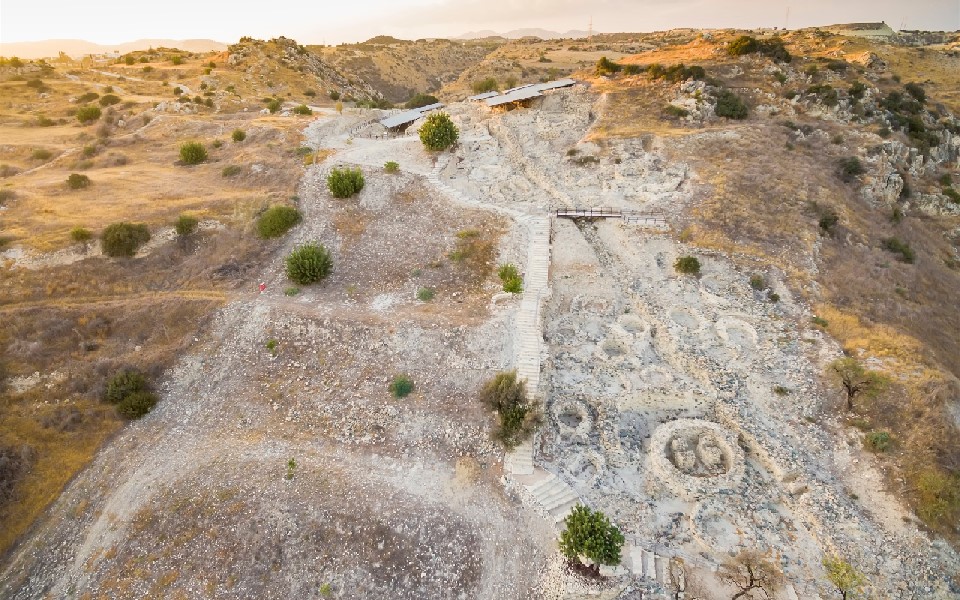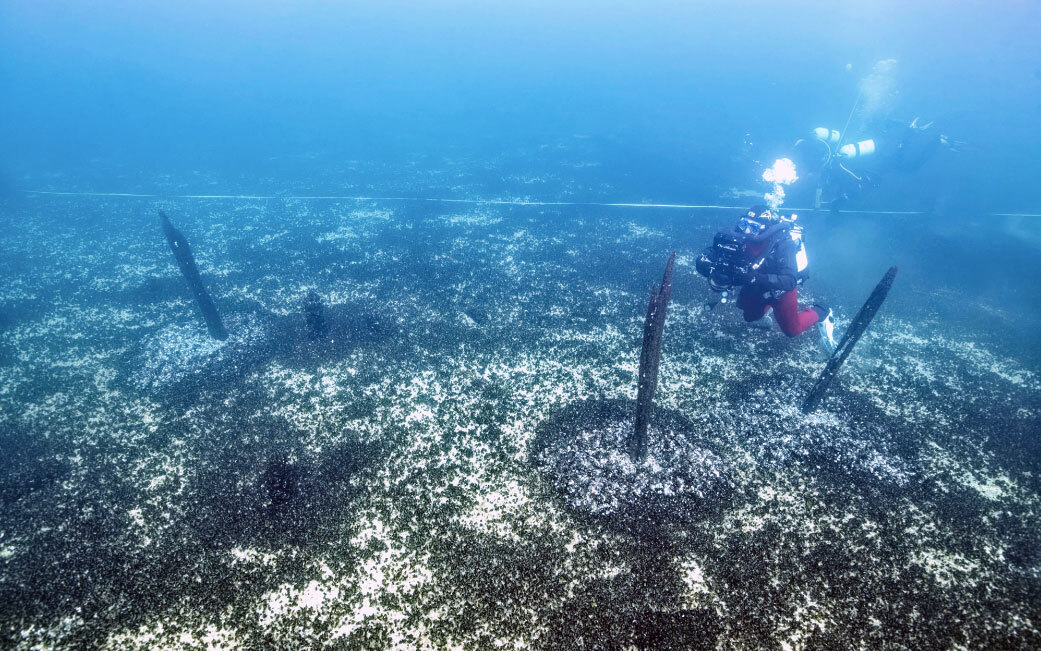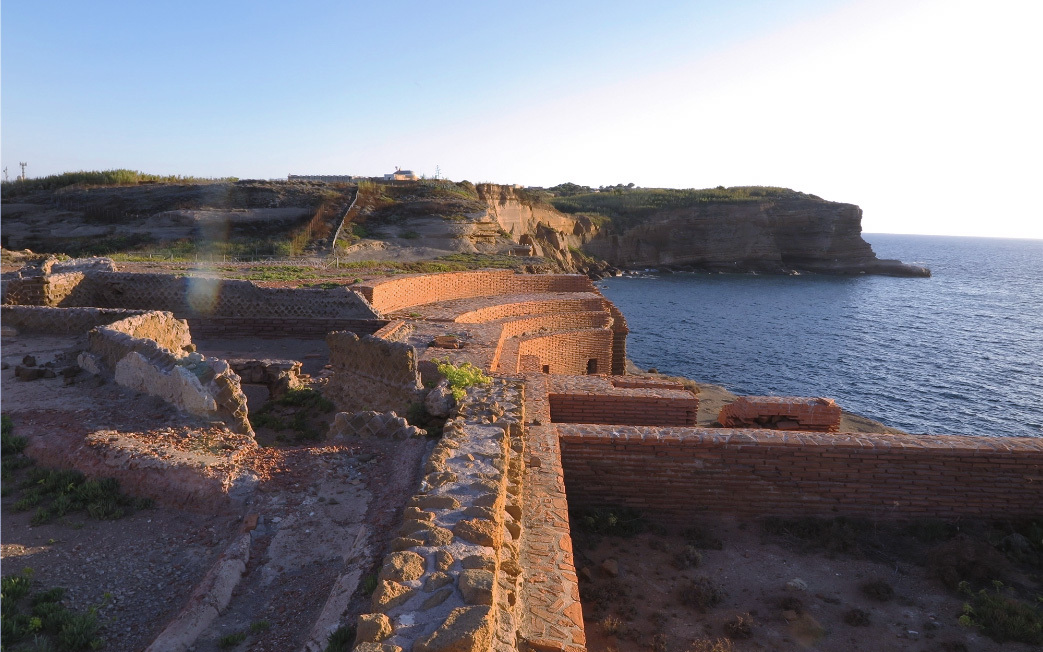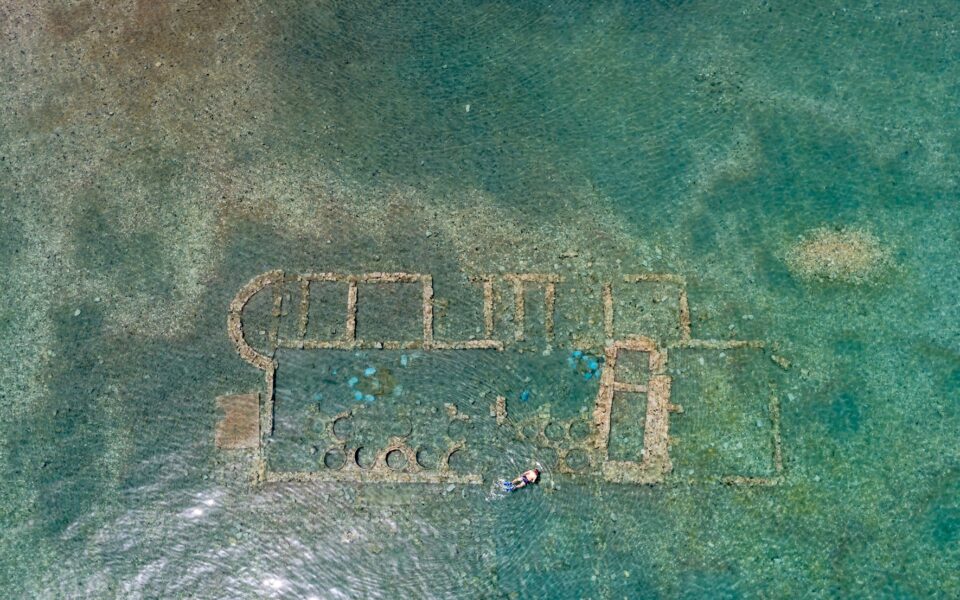According to recent data released by the Copernicus Climate Change Service, in 2022, Europe experienced its second warmest year since records began. Scientists agree that every fraction of a degree Celsius matters. Indeed, the warmer our climate gets, the more frequent extreme weather events will be, affecting people, livelihoods, ecosystems, and world heritage sites, which are also under threat from the rapid changes caused by global warming. And we are not simply talking about the process of weathering through time, but the very real likelihood of their imminent destruction.
The European Union has realized that it needs to do everything it can to protect heritage sites at risk. It is no coincidence that “Horizon Europe,” the EU’s flagship research and innovation program, has stepped up to combat the climate crisis and its consequences, funding projects aimed at increasing resilience and sustainably restoring historical sites and monuments.
To that end, the six-million-euro project “Triquetra,” in which 21 major academic institutions and research centers such as the German Aerospace Center, the Swiss Federal Institute of Technology in Zurich, and the Sapienza University of Rome play an active role, has recently been integrated into the Horizon initiative.
Triquetra obtained a perfect score of 15 out of 15 against the other proposals. The Greek-led program is headed by Konstantinos Spyrakos, a professor at the School of Civil Engineering at the National Technical University of Athens (NTUA), and close collaborators Charalambos Ioannidis and Denis Istrati, also professors at NTUA. The Greek Ministry of Culture is also closely involved.

© Shutterstock
The Triquetra Project
Why Triquetra? “It comes from the Latin word triquetrus, meaning triangular. We gave the project this title because our research concerns the effect of the three fundamental components on cultural monuments: air, earth, and water. Eight European monuments are under our microscope as pilot studies, three in Greece, and one each in Italy, Poland, Germany, Switzerland and Cyprus, which are all included in UNESCO’s World Heritage List. They cover a wide chronology, from prehistory to Roman times. Some are above the ground while others are under water, fresh or saline, and represent a wide diversity of constructions (e.g., different types of stones, mortars and construction types) and hazards, from soil erosion and landslides to ice,” explains Professor Spyrakos.
“The Sanctuary of Kalapodi in Phthiotida, central Greece, for example, which dates to the 14th century BC, is threatened by flooding and ice. In the winter months, water enters the stone pores, freezes and, as it expands, destroys them. At the ancient city of Epidaurus in the northeast Peloponnese, erosion from the sea is the biggest problem, given the contamination of the water, in recent decades, by various chemicals. Villa di Giulia, a Roman seaside villa on the islet of Ventotene in Italy, dating to the Augustan Age [27 BC-14 AD], is at the mercy of the wind and waves. The land is receding at an alarming rate, and, in a few decades, the site will be swallowed by the sea. The same will probably happen to Κolona, on the island of Aegina. Correspondingly, the remains of prehistoric settlements, i.e., wooden stilts supporting houses in lakes around Europe, such as Roseninsel (“Rose Island”) in Germany and at Neuchâtel in Switzerland, are also threatened by erosion. In Cyprus, at the archaeological site of Choirokoitia, geological phenomena threaten the Neolithic settlement. In addition, the frequent rock falls are also dangerous for visitors.”

© https://triquetra-project.eu/
The Trifecta Approach
The purpose of the Triquetra project is threefold. Firstly, it concerns the recording of the current situation with state-of-the-art technology: “By digital methods, photogrammetry, ultrasonic bathymetry, thermography, laboratory water quality analyses and satellite imagery among others. We will even have space technology at our disposal, to capture the deterioration caused to these eight monuments by the environment,” says Spyrakos.
Models will then be used to predict the changes that the climate crisis is going to cause them in the future. And, finally, the necessary methodology will be developed to deal with the problems, applying innovative solutions and new materials, which will be custom designed for each case; a valuable “toolbox” for the future protection of monuments.
Earthquakes
Spyrakos has a vast wealth of experience in protecting buildings from earthquakes. For several years, he was the head of NTUA’s Laboratory for Earthquake Engineering. Also, he and his team prepared the anti-seismic study of the Louvre Museum at Abu Dhabi, a creation of the famous French architect Jean Nouvel.
In the wake of the devastating earthquake in Turkey and the increased seismic activity in recent months in Greece, I ask if the Enceladus parameter has been included in the program.

© Shutterstock
“Yes, there is that thought too,” he replies. “Especially for our country where, after all, earthquakes are the number one danger for our monuments. And I am not only referring to the archaeological sites but also to our museums. Most are housed in old buildings. In the 1999 earthquake, approximately 10% of the National Archaeological Museum’s exhibits were severely damaged or destroyed. In addition to what you see in the showcases, there is also what is stored in the warehouses. There is a methodology that assesses the vulnerability of an object in the event of an earthquake. There are solutions, but there are no funds. The United Arab Emirates spent on seismic protection of the Louvre Abu Dhabi almost as much as on its construction. But not only Greek museums are at risk from earthquakes. If you go under a “tired” bridge on the old road network, you will understand what I mean…”
This article was previously published in Greek at kathimerini.gr.












